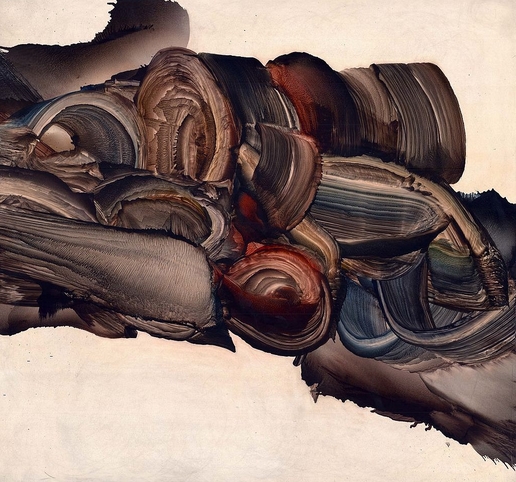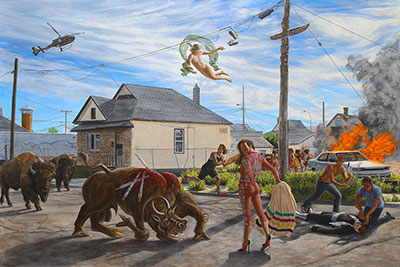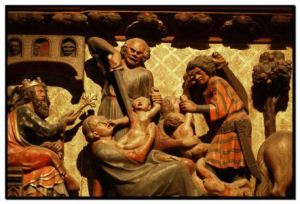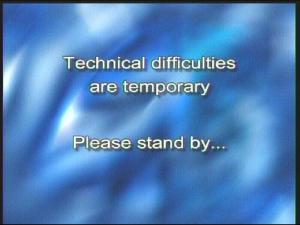 |
| Pierre-Yves Girard - Écorceur de pruches |
Pierre-Yves Girard's paintings take up the corner of Galerie D'Este's end of year show. A strong and lush brown to blue palette with tinges of blood red circulates and unfolds throughout his swirling oil paintings. A good sense of contracting and releasing torsion in a few, particularly the verticals. The paintings orchestrated on the horizontal lose much of this. Their rendering is looser, the composition less clear. Rather than being dynamic, they tend to thud. This is a bit tragi-comic; a set of convulsions registered as smears that shadow action. But this delicacy, often verging on failure, is damaged by his frequent spattering of black dots that muddy up the negative space around his cautiously manipulated zones. More carefully applied, they might have provided a certain degree of ironic displacement for the central gestures. Instead, they come off as less uncertain and more distracted: too much of too little.











